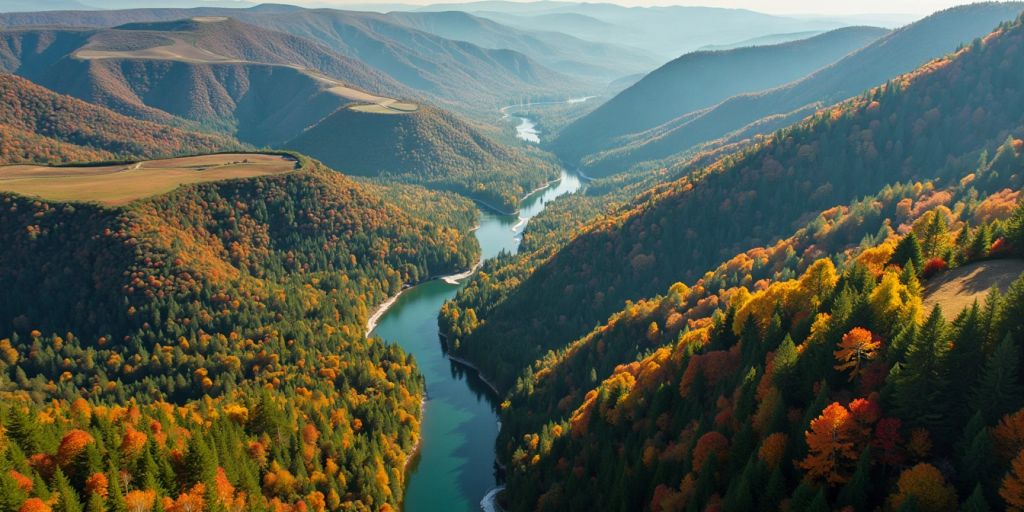
Landscape Cinematography with Drones. Creating beautiful aerial videos with drones is not just about having the latest technology; it’s also about understanding the art of Landscape Cinematography with Drones. It’s also about planning and knowing how to move the camera to tell an engaging story. Understanding basic camera movements is essential for capturing stunning aerial footage that leaves a lasting impression on viewers.
Key Takeaways
- Master basic drone movements, such as panning and tilting, to enhance the quality of your shots.
- Plan by scouting locations and creating a storyboard for your aerial footage.
- Experiment with creative angles, such as bird’s-eye views and low-angle shots.
- Adjust your camera settings, including frame rate and ISO, for the best video quality.
- Drones offer unique perspectives that can elevate various projects, from real estate to weddings.
Mastering Essential Drone Movements
To capture breathtaking footage, it’s essential first to grasp the basics of drone movements. Here are a few critical methods to kickstart your journey;
Full rotation in all directions.
In filmmaking terms, panning with the camera refers to moving it either to the left or right while ensuring that the subject remains clear and in focus throughout the movement. This method is beneficial for capturing the surroundings and giving viewers an understanding of where the scene takes Place. Taking it up a notch further would be a 360-degree rotation around the subject, providing viewers with perspectives from all angles.
Tips for Tilting
“Camera tilting involves moving the camera up and down from a fixed position to scenes dramatically – perfect for unveiling characters or grand settings as if you were adjusting your view for a better look.”
“High angle shots”
Using a crane shot involves moving the camera downwards while focusing on the subject at hand to significantly enhance visual impact, especially when coupled with tilting to maintain the subject at the center of the frame.
“Close-up shots”
When using shots in your video production process, you can adjust the camera to move closer to or farther away from the subject. This technique adds depth and perspective to your footage, enhancing its visual appeal and viewer engagement.
Improving these techniques can boost your ability in drone videography. They can add more excitement and depth to your footage.
By honing these methods and approaches with dedication, you have the potential to elevate your drone cinematography to new heights, capturing awe-inspiring visuals that effectively narrate a compelling story. It’s essential to grasp the intricacies of these maneuvers to produce captivating aerial footage that resonates with viewers.
Advanced Techniques for Stunning Aerial Shots

Parallax Effect
Using the effect can add an exciting touch to your photos by adding a sense of depth and movement! To achieve this effect, fly your drone sideways while keeping your camera fixed on an object. The background will appear to move at a speed different from the subject, which is in focus.
“The Dolly Zoom technique involves adjusting the camera lens to create a visual effect.”
The dolly zoom technique, or the “Vertigo effect,” is a method that adjusts the camera’s focal length as it moves closer to or away from a subject using a drone.’ This produces an effect where the subject remains constant in size while the background appears to zoom in or out, resulting in visually captivating imagery.
Methods of Illumination in Cinematography
Knowing how to manage lighting can significantly enhance the quality of your drone videos! Check out these suggestions;
Try capturing your photos during the golden hour for that beautiful soft light effect.
Harness the beauty of light by utilizing reflections to craft captivating visual effects.
Set your camera settings to achieve the correct exposure, and consider using neutral density (ND) filters to control the amount of light in your shots.
By honing these methods, you can enhance your drone filming abilities and produce breathtaking aerial videos that truly stand out.
Try out these techniques and practice them regularly. They can help improve the quality of your drone footage and make it more impressive. Remember that practice is vital to mastering this skill and making your shots exceptional!
Drone Cinematography for Different Niches
Drone cinematography is a powerful tool that can be used across various industries with unique needs and styles. Understanding how to tailor your shots for different niches can significantly enhance your work. Here’s a look at some popular areas where drone footage shines:
Real Estate
- Capture stunning aerial views of properties.
- Showcase the layout and surrounding landscape.
- Use smooth movements to create virtual tours.
- Landscape Cinematography with Drones
Weddings
- Document the ceremony from breathtaking angles.
- Uniquely capture the venue and guests.
- Create memorable highlight reels with aerial shots.
Indie Filmmaking
- Add cinematic flair to your storytelling.
- Use drones for dynamic action sequences.
- Experiment with creative angles and movements.
Tourism and Hospitality
- Highlight beautiful landscapes and attractions.
- Create promotional videos for hotels and resorts.
- Showcase local events and activities from above.
| Niche | Key Benefits |
|---|---|
| Real Estate | Stunning property showcases |
| Weddings | Unique perspectives of special moments |
| Indie Filmmaking | Enhanced storytelling and creativity |
| Tourism and Hospitality | Engaging promotional content |
Drone cinematography opens up a world of possibilities, allowing creators to capture stunning visuals that were once difficult to achieve.
By understanding the specific needs of each niche, you can create tailored content that resonates with your audience and elevates your projects.
Planning and Executing Your Drone Shots

Before you take to the skies, planning your shots is essential. This ensures you capture all the necessary footage and work efficiently. Here are some steps to help you plan effectively:
- Exploring Potential Sites
Check the location in advance to identify any potential challenges or hurdles.
Evaluate the lighting situation to achieve outcomes.
Discover the angles to capture your photographs effectively. - I am crafting and outlining shots.
Jot down the shots you have in mind.
Compile a list of moments you wish to capture.
Ensure you keep things in order so you don’t overlook video clips. - I was checking the weather conditions.
Check the weather report.
Schedule your photo shoot during the conditions, and consider aiming for the golden hour to capture stunning lighting effects.
Organizing your schedule in advance can help you save time and ensure you capture breathtaking footage effectively.
By following these guidelines, you can ensure that your drone filming is valuable and imaginative. Remember that the more ready you are, the more impressive your footage will be!
Creative Ideas to Enhance Your Drone Footage
Capturing Landscape Cinematography with Drones footage is all about creativity and technique. Here are some creative ideas to elevate your aerial shots:
A View from Above
Capturing images or videos from a birds-eye view offers a viewpoint that can showcase the details and textures of the scenery in a visually captivating way.
Low-angle shots are often used in film and photography to create a sense of power or dominance in the portrayed subject.
Lowering the drone to the ground and adjusting the camera angle upward can result in an impact that pulls viewers into the scene and engages them in the unfolding action before their eyes.
Aerial Views
This method entails maneuvering the drone through a passage, such as a doorway or amidst trees, to introduce an aspect to your video content and enhance its appeal.
Uncover Photographs
Begin by focusing on an object in detail, then gradually zoom out to unveil the environment around it. This method helps create suspense and enriches the narrative with layers of depth.
Blending Different Activities
Combining drone maneuvers, such as circling and following, can produce captivating visuals in camera footage, and exploring these movements can result in distinctive outcomes.
Trying out different perspectives and motions can help you craft your unique flair.
By implementing these suggestions into your work, you can significantly improve the quality of your videos and engage your viewers on a deeper level.
Optimizing Camera Settings for Cinematic Quality

To achieve stunning aerial footage, understanding your camera settings is essential. Here are the key settings to focus on:
Frame Rate and Shutter Speed
- Frame Rate: Typically, 24 frames per second (fps) is used to achieve a cinematic look.
- Shutter Speed: Set it to double your frame rate. For example, if shooting at 24 fps, use a shutter speed of 1/50th of a second. This helps create a natural motion blur.
ISO and Aperture
- ISO: Keep it low (100-400) to reduce noise. Higher ISO can brighten images but may add grain.
- Aperture: A lower f-stop (like f/2.8) gives a shallow depth of field, while a higher f-stop (like f/8) increases depth, making more of the scene in focus.
White Balance
- Adjust the white balance according to the lighting conditions. This ensures colors appear natural in your footage.
| Setting | Recommended Value |
|---|---|
| Frame Rate | 24 fps |
| Shutter Speed | 1/50s |
| ISO | 100-400 |
| Aperture | f/2.8 – f/8 |
Mastering these settings can significantly enhance the quality of your drone footage, making it more cinematic and visually appealing.
Focusing on these camera settings can elevate your drone cinematography to new heights!
Benefits of Landscape Cinematography with Drones

Drones have revolutionized the way filmmakers create stunning landscape cinematography. They offer many advantages that traditional filming methods can’t match. Here are some key benefits:
Cost-Effectiveness
Drones are more affordable than traditional aerial filming methods, such as helicopters. This makes high-quality aerial shots accessible to a broader range of filmmakers, from big studios to indie projects.
Flexibility and Mobility
Drones can easily reach hard-to-access places and fly over mountains, rivers, and crowded areas, allowing filmmakers to capture unique angles and perspectives.
Unique Angles and Perspectives
Landscape Cinematography with Drones that can showcase landscapes and events from breathtaking heights. This capability allows filmmakers to create more immersive and visually striking content.
Safety and Accessibility
Drones can operate in challenging environments without putting crew members at risk, making them a safer option for capturing footage in potentially dangerous locations.
Enhanced Production Value
Incorporating drone footage can significantly boost the production value of any project. High-quality aerial shots can add a professional touch, making projects more appealing to viewers and clients.
Time Efficiency
Drones can save time during filming by quickly capturing sweeping shots, allowing filmmakers to focus on other essential aspects of production.
Drones are not just tools; they are game-changers in the world of cinematography, allowing for creativity and innovation like never before.
Conclusion
In conclusion, Landscape Cinematography with Drones opens up a new world of creative possibilities. It’s not just about having the latest technology; it’s about planning and knowing how to use your camera effectively. You can create stunning visuals that tell a story by mastering basic camera movements, such as panning, tilting, and crane shots. Whether filming a wedding, showcasing real estate, or working on an indie film, these techniques can elevate your work. Remember, the key is to experiment and find your unique style. With practice and patience, you can capture breathtaking aerial footage that leaves a lasting impression.
Frequently Asked Questions
What basic drone movements should I know to capture excellent footage?
Start with panning, where you move the camera side to side. Try tilting, which is moving the camera up and down. Crane shots go straight up or down, while dolly shots move closer or farther from the subject.
How can I make my drone shots more interesting?
You can use techniques like the parallax effect, where the background moves at a different speed from the subject. The dolly zoom is another cool trick that makes the background appear to be zooming in or out.
What are some excellent uses for drone footage?
Drones are great for real estate, weddings, indie films, and tourism. They help showcase properties, capture special moments, and offer unique views of locations.
How do I plan my drone shots?
Scout your location first to find the best angles. Create a storyboard or shot list to keep organized, and always check the weather before flying.
What creative ideas can I try with my drone?
Experiment with bird’s eye views, low-angle shots, and fly-through shots. You can also reveal shots by starting close and pulling back to show more of the scene.
What camera settings should I use for good video quality?
Adjust your frame rate and shutter speed for motion blur. Set your ISO and aperture to achieve the correct exposure, and use white balance to ensure accurate colors.
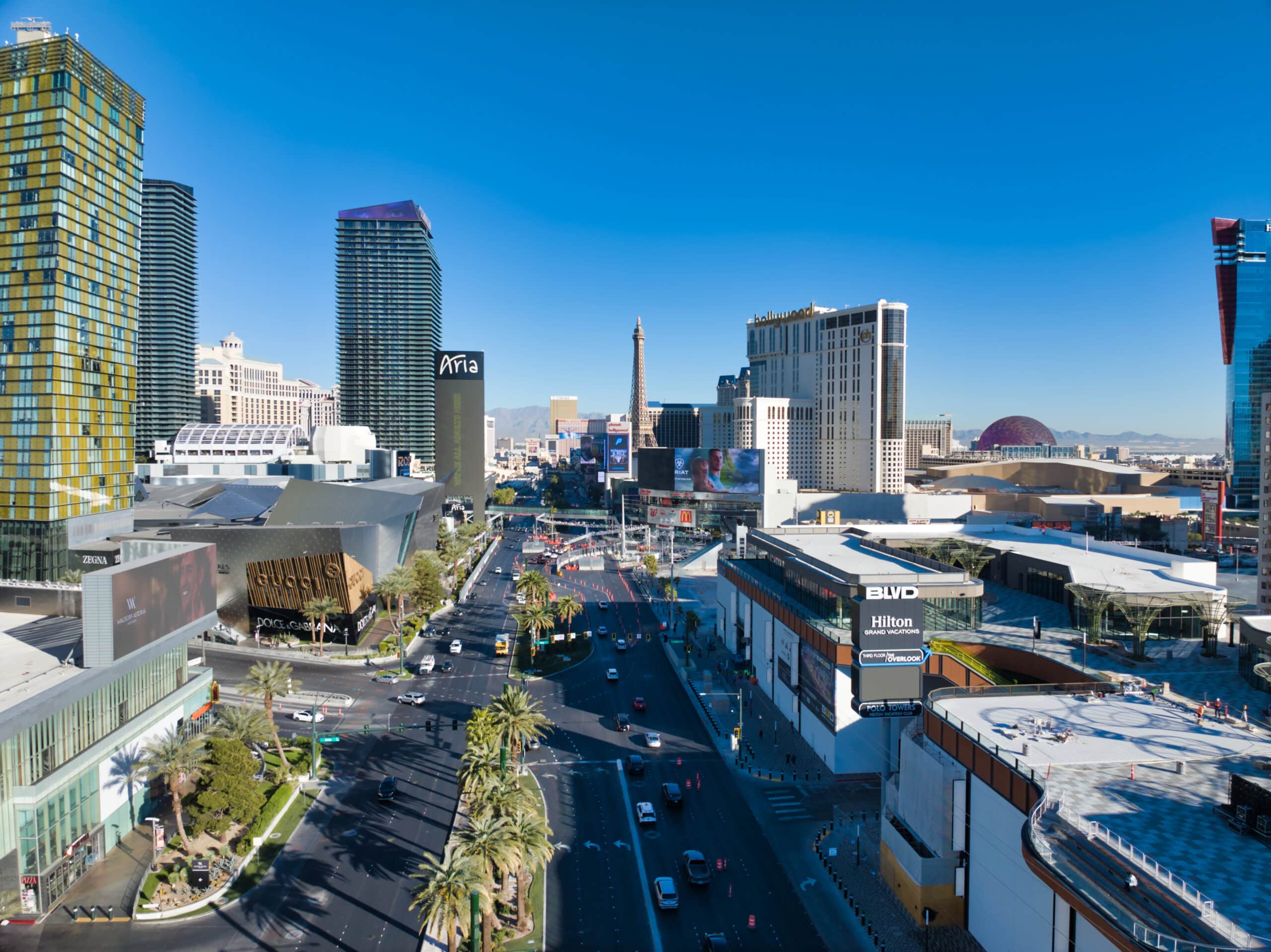
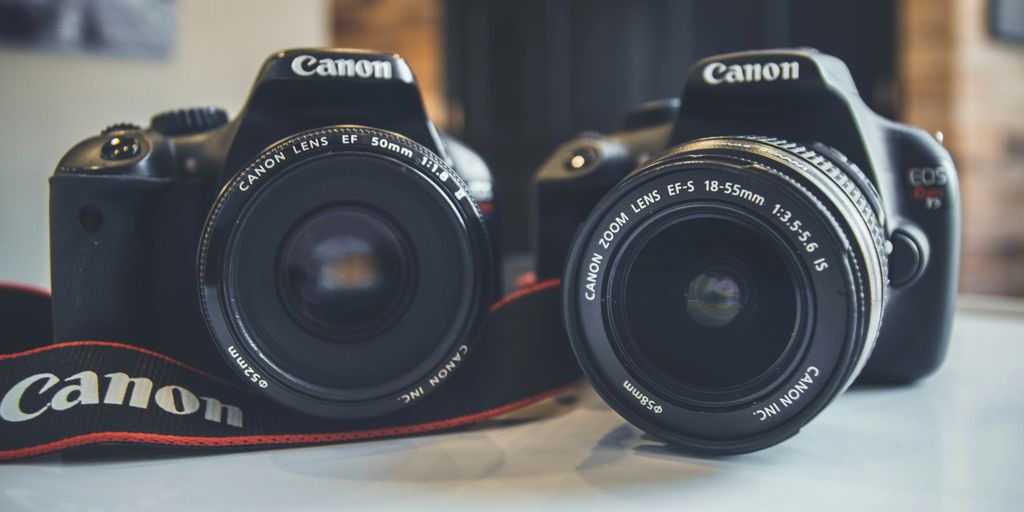
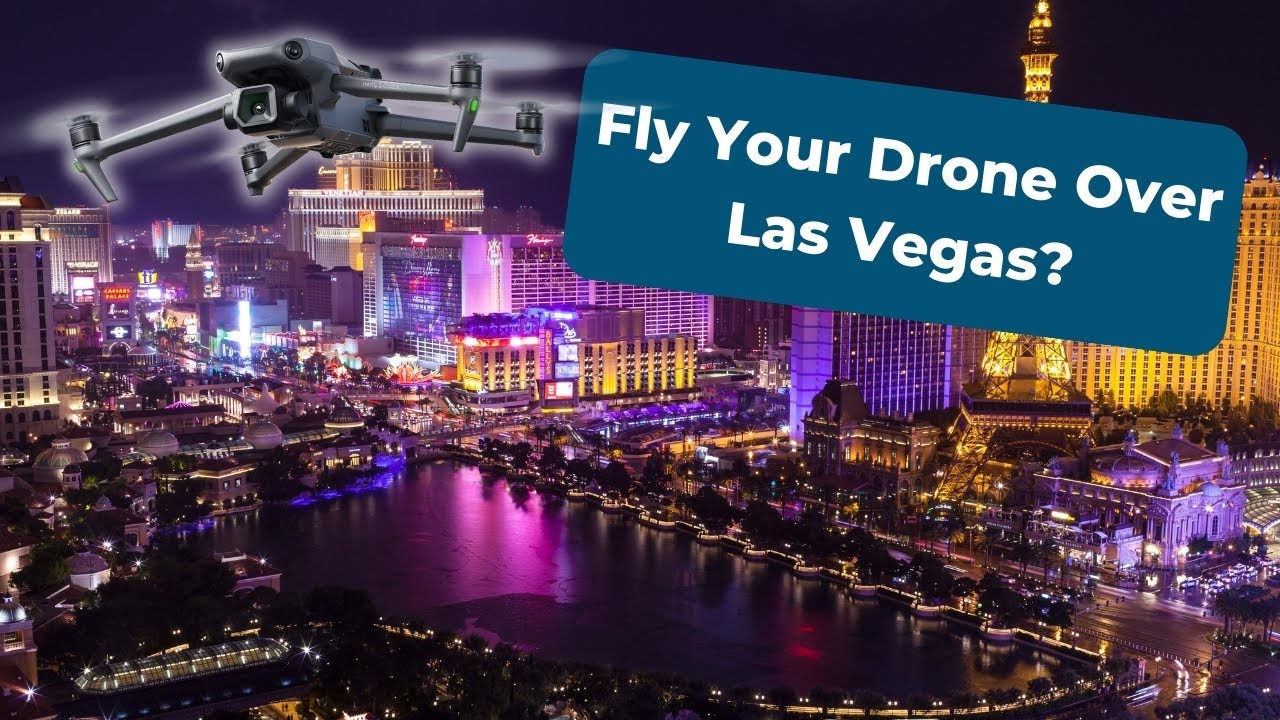
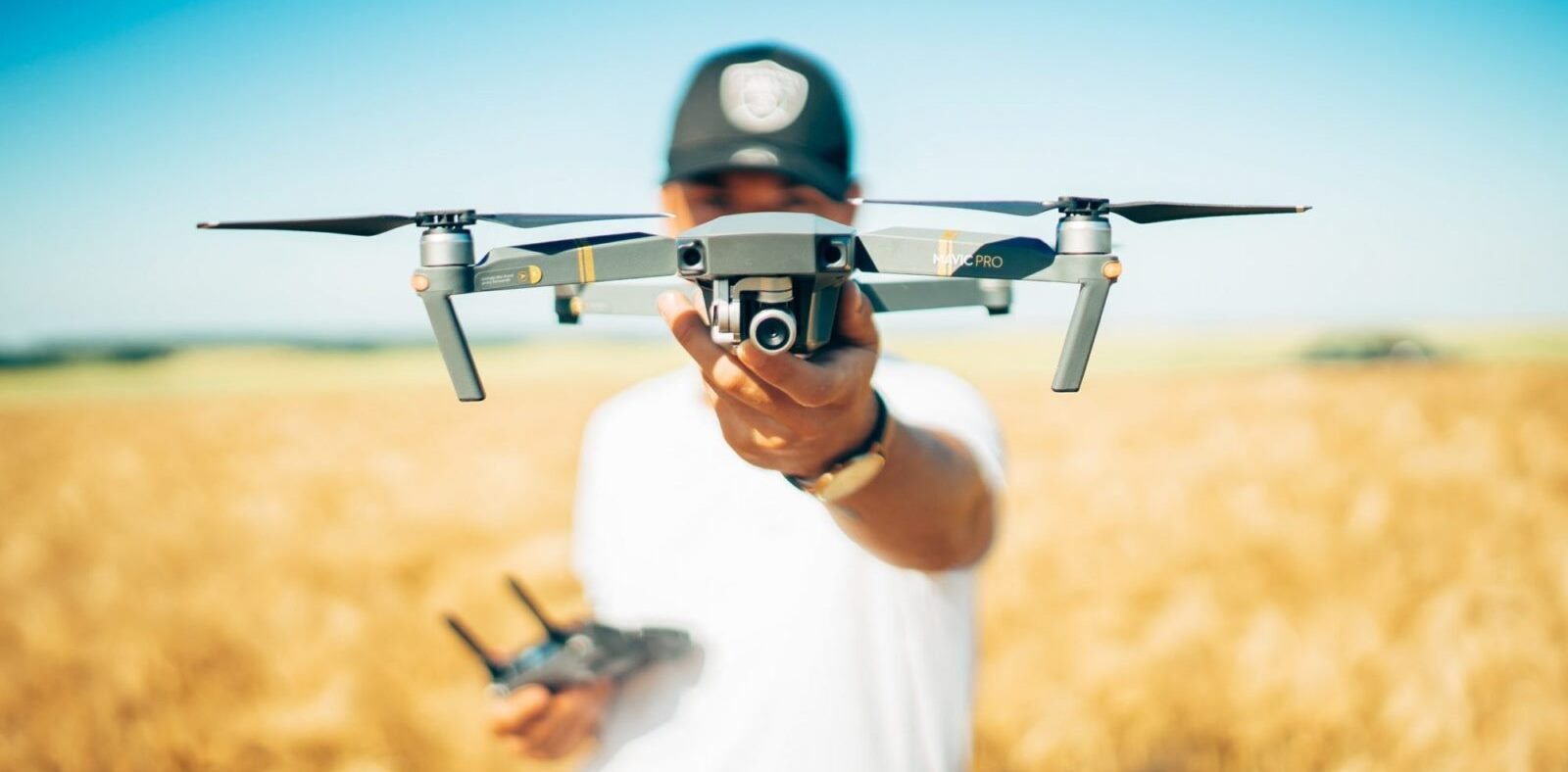
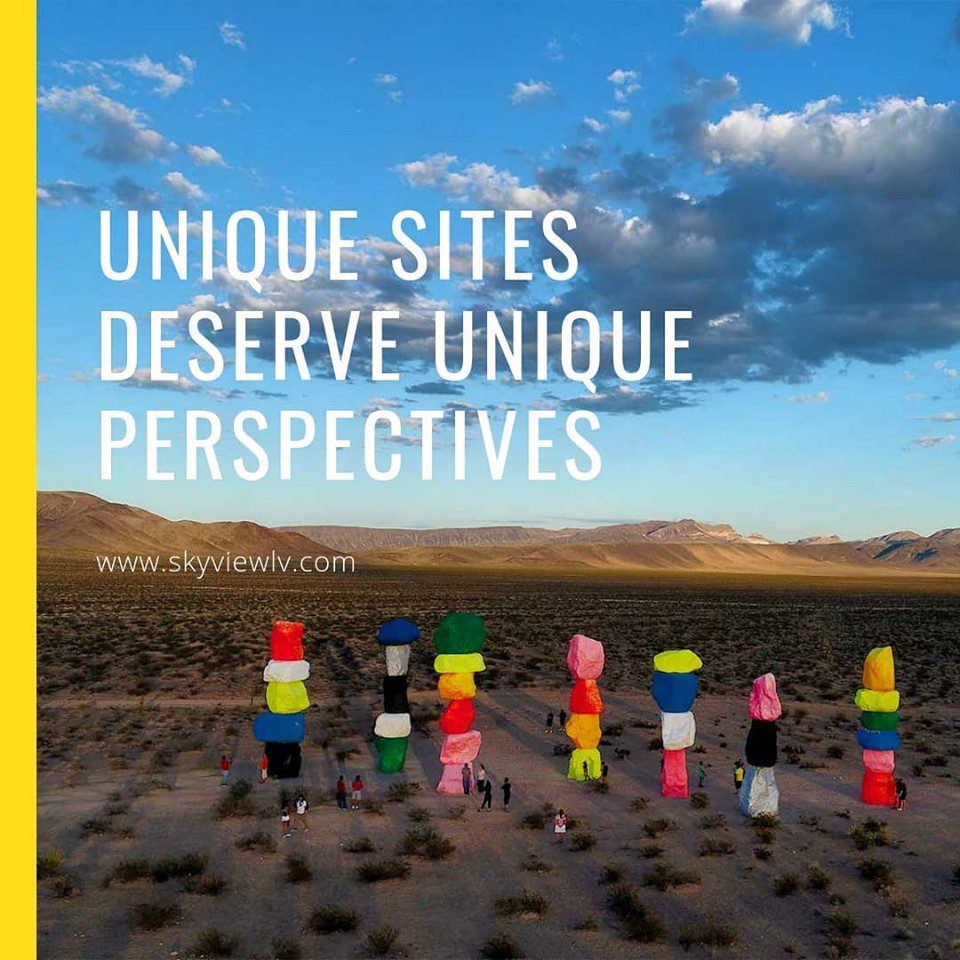
Comments are closed.